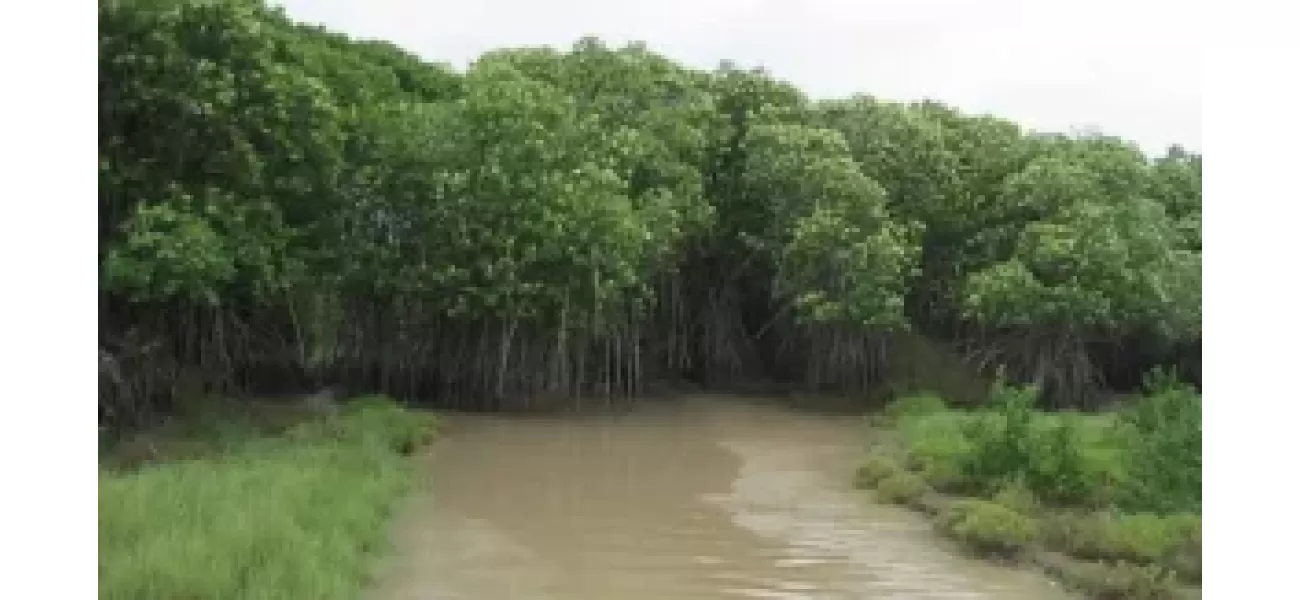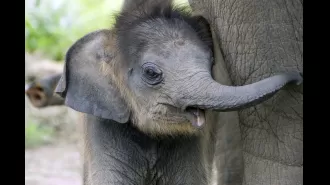Bhitarkanika fails to obtain World Heritage Site designation.
Kendrapara's Bhitarkanika, a biodiverse hotspot and Ramsar site, has not yet received UNESCO World Heritage status due to a delay in review and failure to implement Eco-Sensitive Zone guidelines.
September 25th 2024.

Kendrapara, a small town in India, is home to a breathtaking wonder of nature - Bhitarkanika. This national park has received recognition not only within the country, but also internationally as a biodiversity hotspot and a Ramsar site. However, despite its worthy credentials, Bhitarkanika is yet to receive the prestigious UNESCO World Heritage Site tag. The reason behind this delay is twofold - a pending review of the site and the non-implementation of Eco-Sensitive Zone guidelines.
According to sources, a proposal was made in 2017 to include Bhitarkanika in the list of UNESCO World Heritage Sites at a meeting held in Kraków, Poland. Unfortunately, the proposal was rejected due to several management flaws and disorganization reported during a review of the site. This review also highlighted the fact that Bhitarkanika is facing threats, leading to its exclusion from the World Heritage Sites list.
Surprisingly, no review has been conducted since then. Many experts believe that the management flaws have been overlooked and not given the necessary attention. Environmentalists and social activists, including Srikanta Nayak, Hemant Kumar Raut, Sanjay Kumar Behura, and Pradeep Kumar Tarai, have pointed out the rich biodiversity of Bhitarkanika, which is home to various species such as saltwater crocodiles, dolphins, fish, turtles, and many others.
The national park boasts a diverse range of flora as well, with around 57 species of mangroves and numerous medicinal plants and shrubs. However, these natural wonders are facing threats from human activities such as private land ownership, unrestricted access for locals, farming, cattle grazing, and shrimp farming, all of which are prohibited under the Wildlife Protection Act of 1972. These concerns were brought to light by a report submitted by team members Naomi Dock and Remko van der Mare during their visit in November 2016. In addition to these, there is also a lack of boundary protection and monitoring, which further puts the biodiversity of Bhitarkanika at risk.
The national park is also facing threats from external sources such as the Dhamra port and DRDO's integrated testing range at Wheeler Island. These structures pose a danger to the eco-sensitive area of Bhitarkanika. Moreover, the availability of freshwater, which is crucial for the survival of mangroves and other species, is gradually declining. The area is also constantly under threat from fishermen, as there is a shortage of security personnel to monitor the protected marine zones. Another pressing issue is the need for sufficient funds to manage conservation efforts and prevent coastal erosion.
In light of these concerns, environmentalists and social workers have demanded that a review be conducted to address these issues, particularly the non-implementation of guidelines for Eco-Sensitive Zones. There is also a notification for the construction of a river-based port and industries in Mahakalapada block, which could have a significant impact on the biodiversity of the national park and cause economic distress for local fishermen. When questioned about the obstacles in obtaining the World Heritage Site tag for Bhitarkanika, Sudarshan Gopinath Yadav, the DFO of Rajnagar, stated that a review is currently underway, and efforts are being made to rectify the issues at hand.
According to sources, a proposal was made in 2017 to include Bhitarkanika in the list of UNESCO World Heritage Sites at a meeting held in Kraków, Poland. Unfortunately, the proposal was rejected due to several management flaws and disorganization reported during a review of the site. This review also highlighted the fact that Bhitarkanika is facing threats, leading to its exclusion from the World Heritage Sites list.
Surprisingly, no review has been conducted since then. Many experts believe that the management flaws have been overlooked and not given the necessary attention. Environmentalists and social activists, including Srikanta Nayak, Hemant Kumar Raut, Sanjay Kumar Behura, and Pradeep Kumar Tarai, have pointed out the rich biodiversity of Bhitarkanika, which is home to various species such as saltwater crocodiles, dolphins, fish, turtles, and many others.
The national park boasts a diverse range of flora as well, with around 57 species of mangroves and numerous medicinal plants and shrubs. However, these natural wonders are facing threats from human activities such as private land ownership, unrestricted access for locals, farming, cattle grazing, and shrimp farming, all of which are prohibited under the Wildlife Protection Act of 1972. These concerns were brought to light by a report submitted by team members Naomi Dock and Remko van der Mare during their visit in November 2016. In addition to these, there is also a lack of boundary protection and monitoring, which further puts the biodiversity of Bhitarkanika at risk.
The national park is also facing threats from external sources such as the Dhamra port and DRDO's integrated testing range at Wheeler Island. These structures pose a danger to the eco-sensitive area of Bhitarkanika. Moreover, the availability of freshwater, which is crucial for the survival of mangroves and other species, is gradually declining. The area is also constantly under threat from fishermen, as there is a shortage of security personnel to monitor the protected marine zones. Another pressing issue is the need for sufficient funds to manage conservation efforts and prevent coastal erosion.
In light of these concerns, environmentalists and social workers have demanded that a review be conducted to address these issues, particularly the non-implementation of guidelines for Eco-Sensitive Zones. There is also a notification for the construction of a river-based port and industries in Mahakalapada block, which could have a significant impact on the biodiversity of the national park and cause economic distress for local fishermen. When questioned about the obstacles in obtaining the World Heritage Site tag for Bhitarkanika, Sudarshan Gopinath Yadav, the DFO of Rajnagar, stated that a review is currently underway, and efforts are being made to rectify the issues at hand.
[This article has been trending online recently and has been generated with AI. Your feed is customized.]
[Generative AI is experimental.]
0
0
Submit Comment





